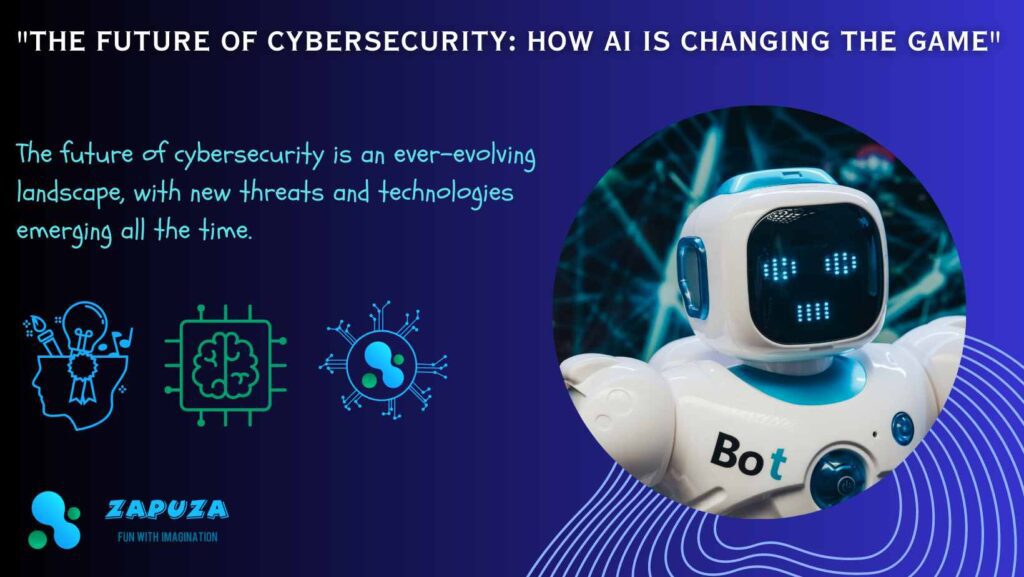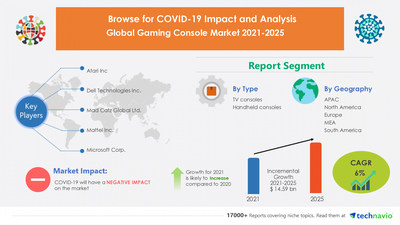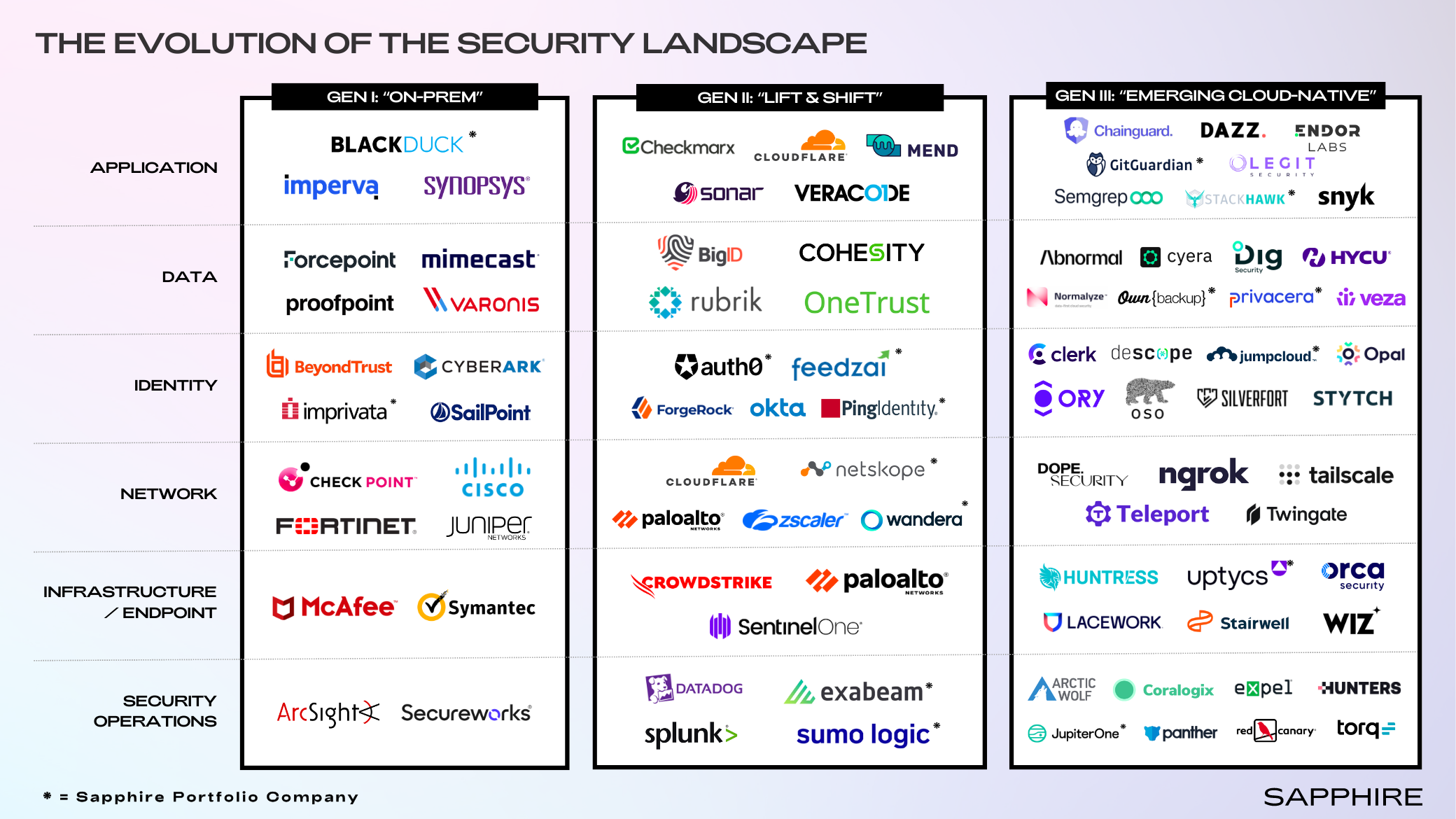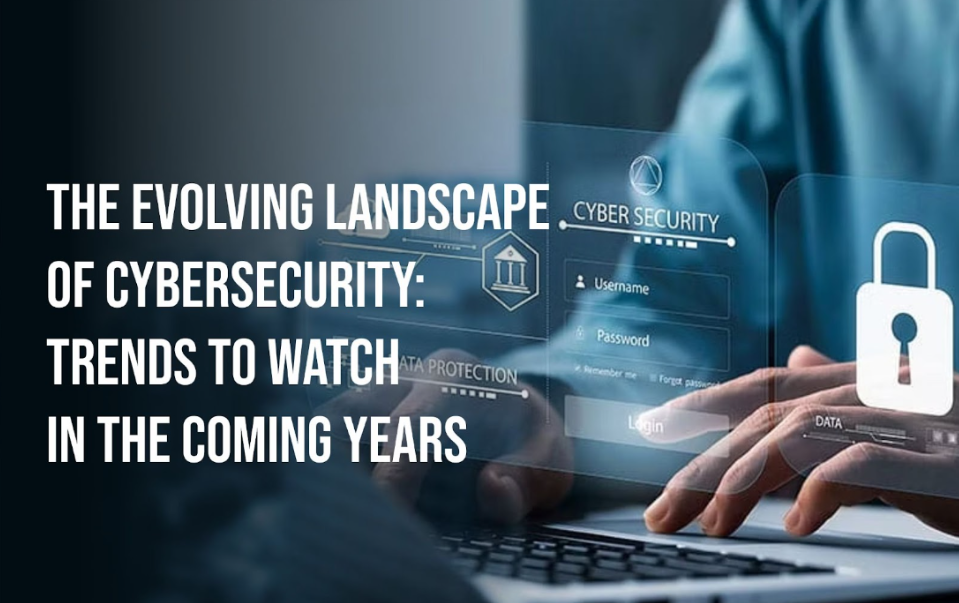The Evolving Landscape of Gaming Security: Can Game Consoles Be Infected in 2025?
Related Articles: The Evolving Landscape of Gaming Security: Can Game Consoles Be Infected in 2025?
Introduction
With great pleasure, we will explore the intriguing topic related to The Evolving Landscape of Gaming Security: Can Game Consoles Be Infected in 2025?. Let’s weave interesting information and offer fresh perspectives to the readers.
Table of Content
The Evolving Landscape of Gaming Security: Can Game Consoles Be Infected in 2025?

The world of gaming has undergone a remarkable transformation, with consoles evolving into powerful multimedia hubs, seamlessly integrating with the internet and offering access to a vast digital ecosystem. This interconnectedness, while enhancing the gaming experience, raises critical questions about security vulnerabilities. One such question, particularly pertinent in the context of 2025, is whether game consoles remain susceptible to malicious software, commonly known as viruses.
Understanding the Potential for Infection
To address this question, it is crucial to delve into the nature of game consoles and the ways in which they can be compromised. Unlike traditional desktop computers, consoles are designed with a closed architecture, operating under a strict, controlled environment. This environment, often referred to as a "walled garden," aims to restrict access to the system and limit the potential for malicious software to infiltrate.
However, vulnerabilities can still emerge. These vulnerabilities can arise from several factors:
- Software Exploits: While console software undergoes rigorous testing, potential loopholes may remain undiscovered. These loopholes could be exploited by malicious actors to gain unauthorized access to the console’s operating system.
- Network Connectivity: The increasing reliance on online gaming and digital content delivery opens avenues for infection. Exploits within online gaming platforms, or compromised networks, can act as entry points for viruses to infiltrate consoles.
- User Error: Human error, such as downloading software from untrusted sources or clicking on malicious links, can inadvertently introduce malware into the console environment.
- Hardware Modifications: Modifications to the console’s hardware, such as installing custom firmware or accessing unauthorized content, can bypass security measures and expose the system to vulnerabilities.
The Evolving Threat Landscape
The threat landscape surrounding game consoles is constantly evolving. As consoles become more powerful and interconnected, the incentive for malicious actors to target them increases. New methods of attack are constantly being devised, exploiting emerging technologies and vulnerabilities.
The Need for Vigilance and Proactive Measures
While the risk of infection may be lower compared to traditional computers, it is not non-existent. To mitigate this risk, both console manufacturers and users must remain vigilant and proactive:
- Software Updates: Regularly updating the console’s operating system and software patches is crucial. These updates often contain security fixes that address newly discovered vulnerabilities.
- Trusted Sources: Only download games and applications from official sources, such as the console’s online store. Avoid downloading content from unofficial websites or third-party sources.
- Strong Passwords: Create strong and unique passwords for your console account and online gaming services. Avoid using easily guessable passwords or sharing them with others.
- Network Security: Use a strong password for your home Wi-Fi network and enable security features like WPA2/WPA3 encryption. Consider using a VPN for added protection, especially when connecting to public Wi-Fi networks.
- Parental Controls: Implement parental controls to restrict access to potentially harmful content and prevent children from downloading untrusted software.
- Anti-Virus Software: While traditional antivirus software may not be directly compatible with consoles, consider using anti-virus solutions specifically designed for gaming platforms. These solutions can offer real-time protection against malicious threats.
FAQs: Addressing Common Concerns
Q: What are the signs of a virus infection on a game console?
A: Signs of infection can vary depending on the type of virus. Common symptoms include:
- Unexpected behavior: The console may behave erratically, experiencing crashes, freezes, or slow performance.
- Unusual network activity: The console might connect to unknown servers or experience excessive data usage.
- Unauthorized access: You may notice unauthorized purchases, changes to account settings, or the presence of unknown files on the console.
- Display of unwanted content: The console may display pop-up ads, malicious links, or inappropriate content.
Q: How can I remove a virus from my game console?
A: Removing a virus from a game console can be challenging, as the console’s closed environment limits access to traditional anti-virus tools. If you suspect an infection, the following steps can be helpful:
- Factory Reset: Performing a factory reset can restore the console to its default settings, potentially removing any malicious software.
- Contact Support: Reach out to the console manufacturer’s customer support for assistance in identifying and removing the virus.
- Anti-virus Solutions: Consider using anti-virus solutions specifically designed for gaming platforms. These solutions may offer tools to detect and remove malware.
Q: Are there any specific threats that are particularly prevalent in the gaming world?
A: Yes, several threats are commonly encountered in the gaming world:
- Game Hacks: Hackers may modify game files to gain an unfair advantage, create exploits, or even steal in-game currency.
- Phishing Scams: Malicious actors may create fake websites or messages that mimic legitimate gaming services to steal login credentials or personal information.
- Ransomware: Ransomware can encrypt your console’s data, holding it hostage until you pay a ransom.
- Data Theft: Hackers may attempt to steal personal information, such as credit card details, from your console account.
Tips for Staying Secure
- Keep your console up-to-date with the latest software updates.
- Download games and applications from official sources only.
- Use strong and unique passwords for all accounts.
- Be wary of suspicious links or messages.
- Enable two-factor authentication for your console account.
- Use a VPN when connecting to public Wi-Fi networks.
- Be cautious about installing custom firmware or modifying the console’s hardware.
- Educate yourself about common online threats and security best practices.
Conclusion
While game consoles are generally considered more secure than traditional computers, they are not immune to malicious software. By understanding the potential vulnerabilities and implementing proactive security measures, gamers can significantly reduce the risk of infection and protect their gaming experience. As the gaming landscape continues to evolve, so too will the threats. Remaining vigilant and embracing a culture of cybersecurity is essential to safeguard the future of gaming.







Closure
Thus, we hope this article has provided valuable insights into The Evolving Landscape of Gaming Security: Can Game Consoles Be Infected in 2025?. We appreciate your attention to our article. See you in our next article!
